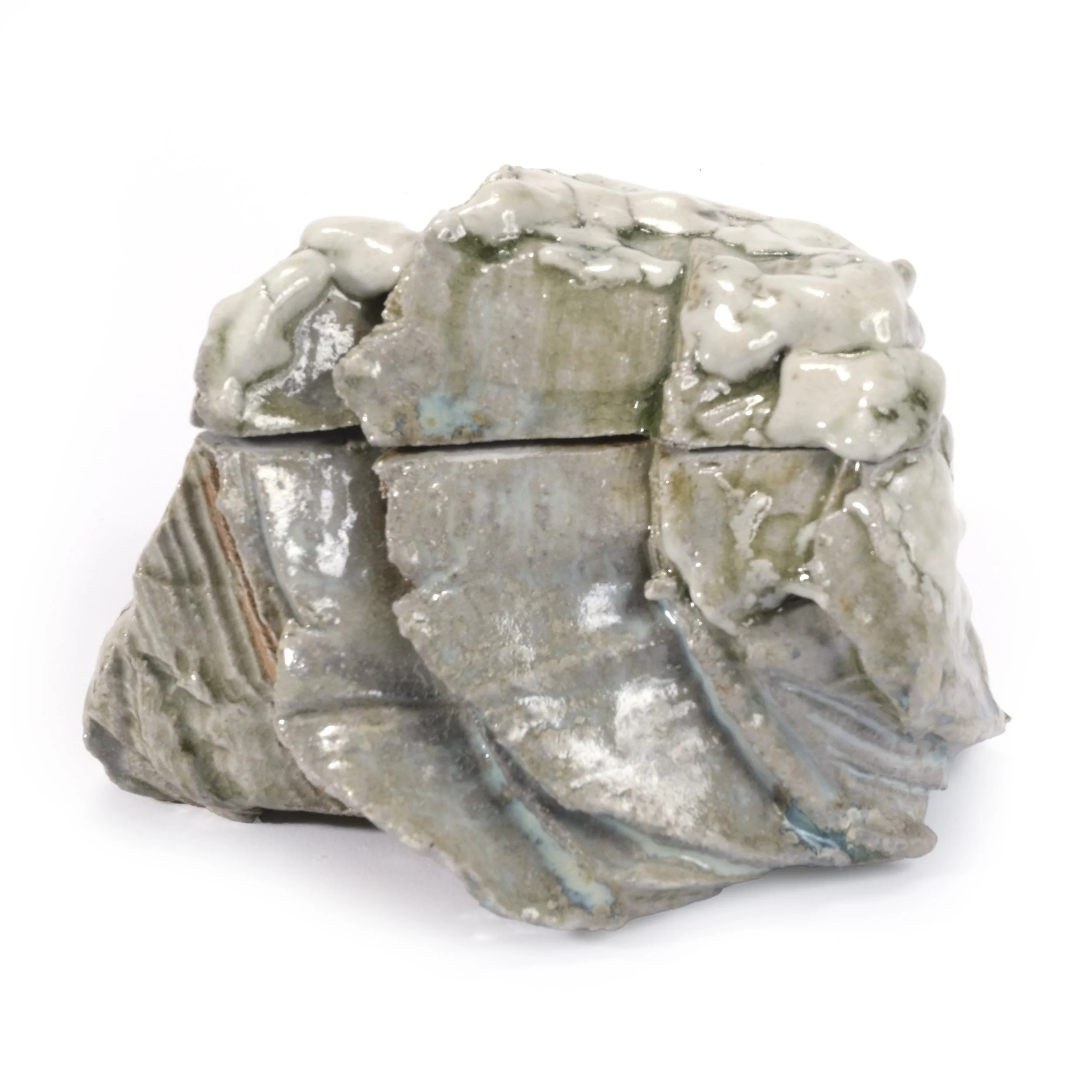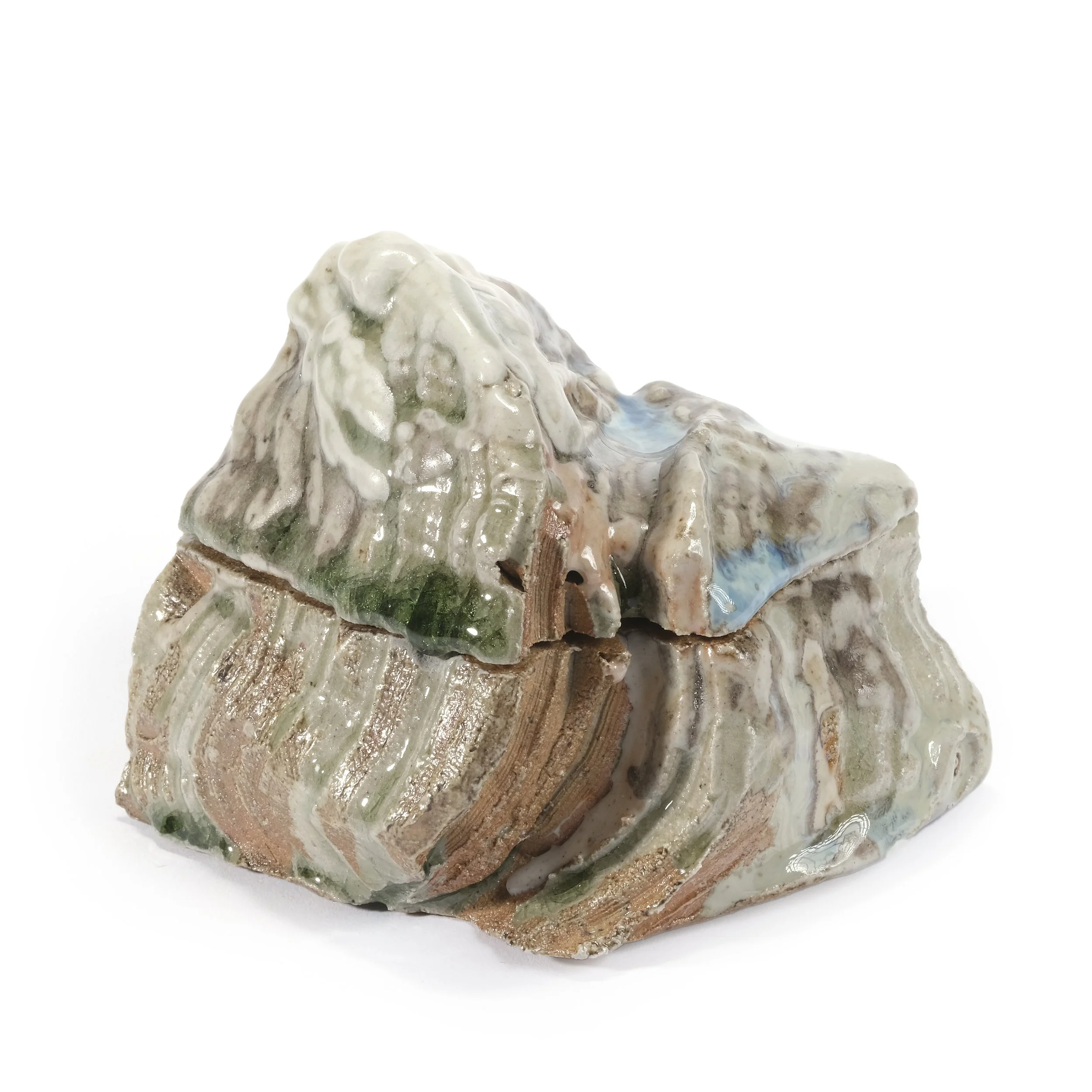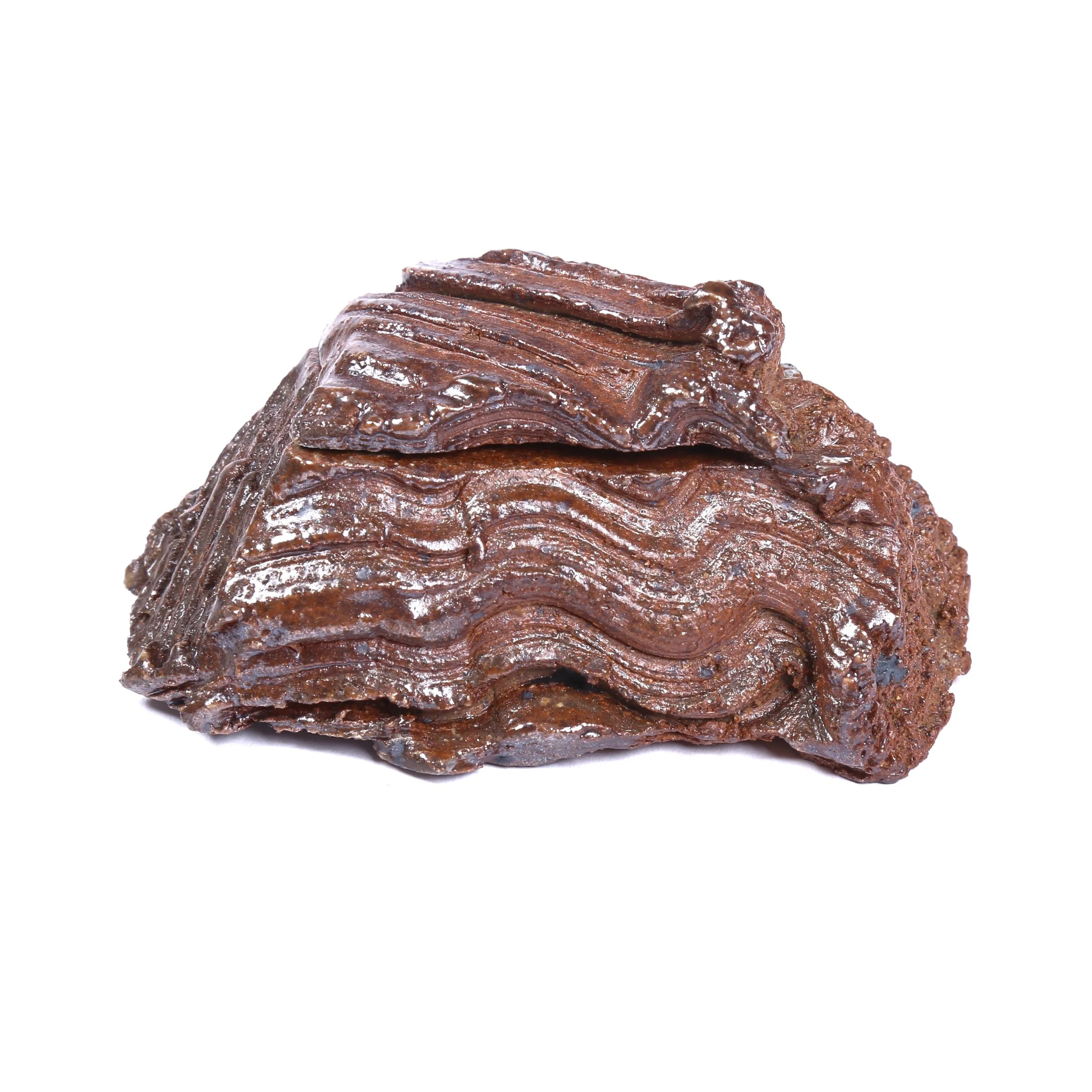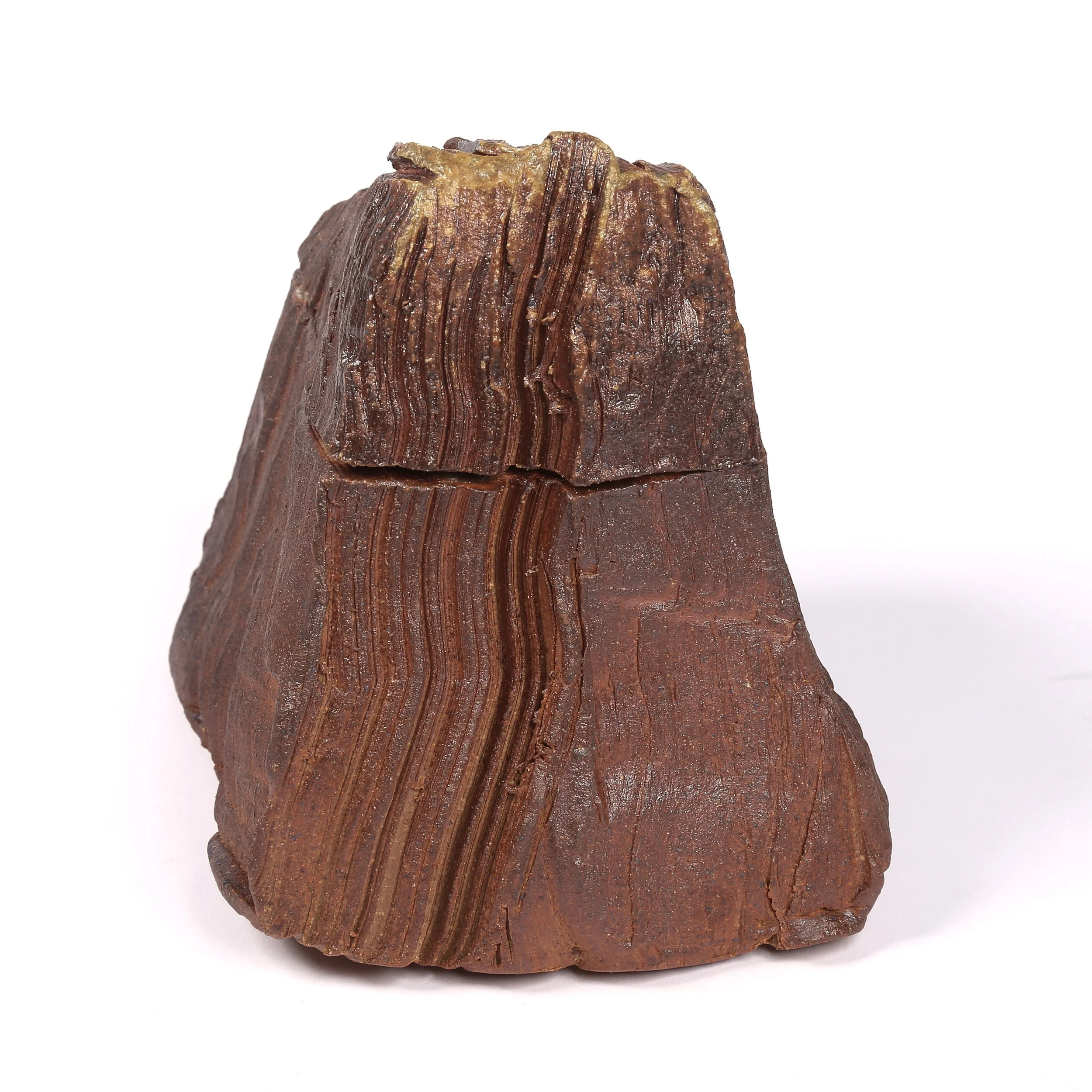Drawing
There are some who will say that drawing a pot is futile; that the language of drawing is so fundamentally different to that of clay, or that the limitations of two dimensions are not suited to understanding those of 3D.
I have always kept a sketchbook, more of an illustrated note-book perhaps, but always to capture the essence of an idea while fresh, and this is where I believe drawing can help the potter. A tiny doodle, only an inch or so tall, when repeated and evolved can explore the proportion of a form, the curve of a profile, or the spirit of a piece.
If we accept the idea that both working with clay and drawing can be seen as a kind of call-and-response, where action leads to reaction, then we can find acts of drawing which emulate the act of making. With this in mind, I teach a Kurinuki workshop where, before touching clay, we speak about the spontaneous nature of the cutting and mark-making on the outside of Kurinuki vessels (and the slower, more meditative carving of the inside). I encourage the students to make a stain, a smudge, or a mess of marks on the paper, before then staring into this abstract ‘fog’ and ‘seeing’ hints of a vessel within. By the addition of a few considered lines, the image of this hitherto unknown vessel begins of lift from the page. In this sense, they are not forcing a previously imagined design onto the paper, rather seeing/liberating something which was already (partly) there.
This method can also give students the confidence to make bolder, more gestural marks, knowing that they will have something to offer. In time, and with practice, the rigid steps of this process become eroded and assimilated until muscle-memory, learned gesture, experience, confidence, knowing, even ‘intuition’ take over. - doesn’t that sound familiar from making pots?!












In the Kurinuki workshop, we then put the drawings away (they are not an illustrative guide!), and I give students a thick, irregularly shaped slab before asking them to practice similar call-and-response mark-making with their chosen carving tools, pausing between each cut to consider the next. Some of the thought processes from the drawings translate across to this moment. Finally, once confronted with a 3D block of clay, there is little to explain, and students work with careful confidence.
Inherent in the drawing process (quick, iterative, and cheap) is the knowledge that they can make many drawings and judge them later. Whilst you may generate a bit more reclaim, or be forced to practice your wedging, the same is true for the carving: they can consolidate cut edges with a tap of their block on the bench, or cut deeper, or take another block. - the laborious part is the careful hollowing out, and that can be reserved for just the best few forms made.
I find it useful to have a selection of dry and wet drawing materials, all B&W, in a range of thicknesses: Black pens (both water soluble and permanent), and even the almost dried-out felt tips, pencils of course, white paint-pens, willow charcoal, compressed charcoal, graphite sticks, black ink (both water soluble and permanent), clear candle wax, black wax, and then a handful of colours to be used as a suggestion of highlights and deep shadow..
Occasionally I will play around with thick acrylic paints and cardboard combs or ridged spatulas to simulate the cut marks of a similar tool into the clay; once dry, the ridges and valleys of acrylic paint pick up other drawing materials sympathetically.












































